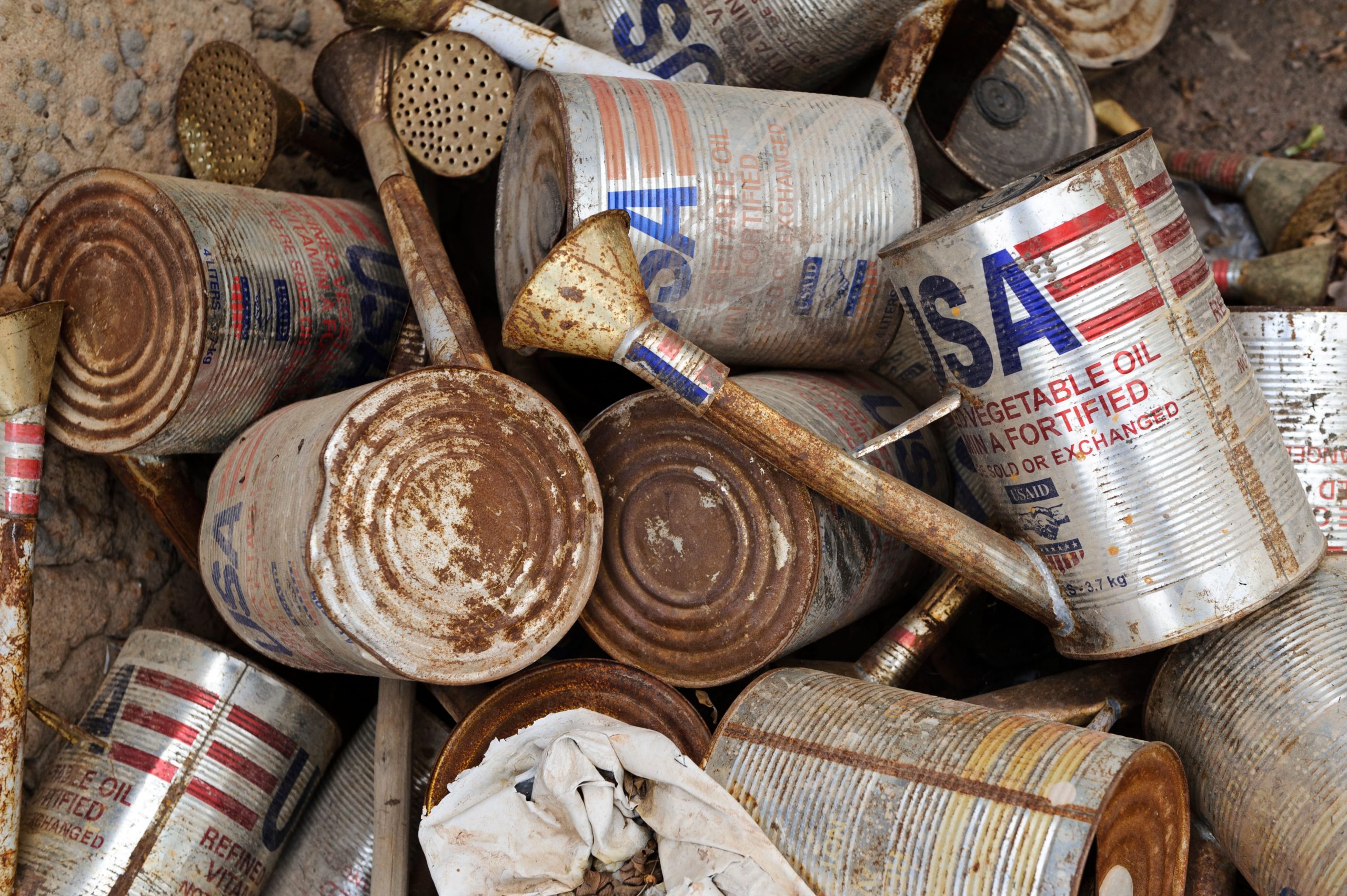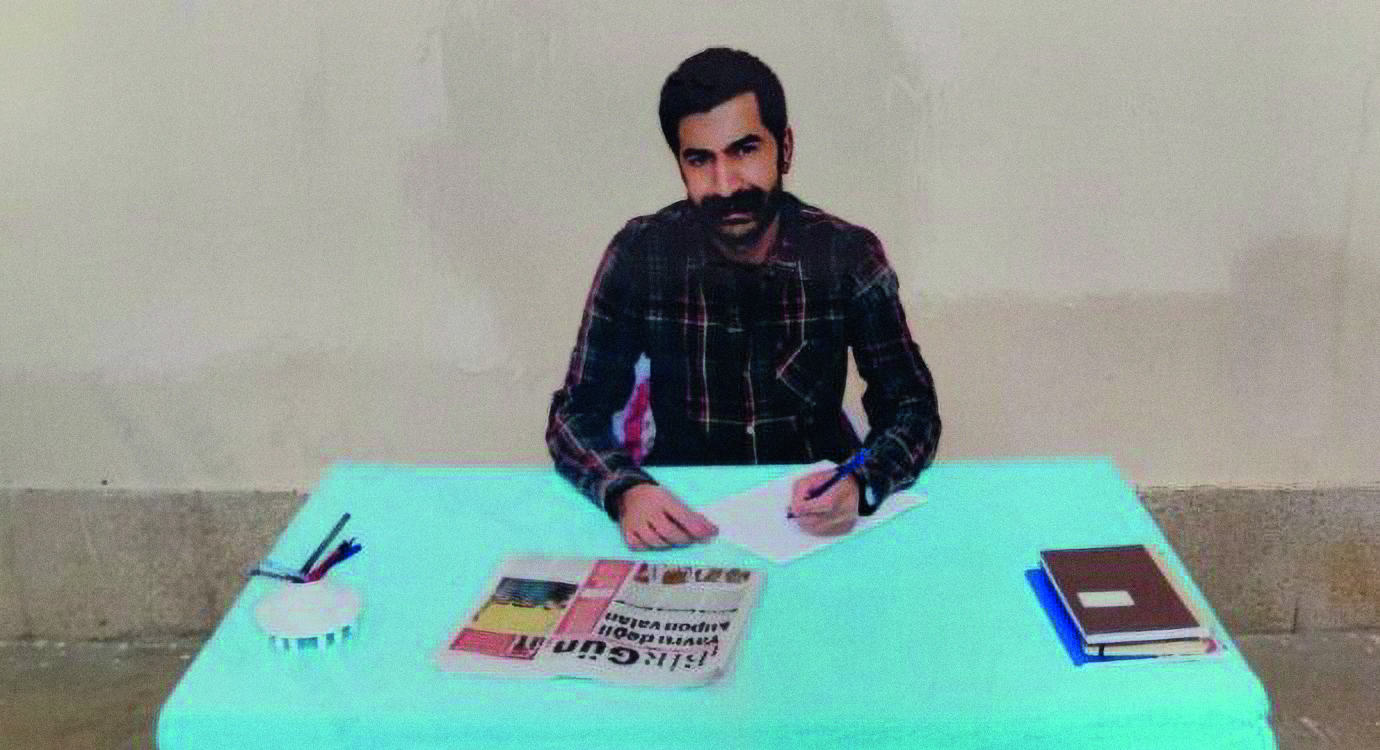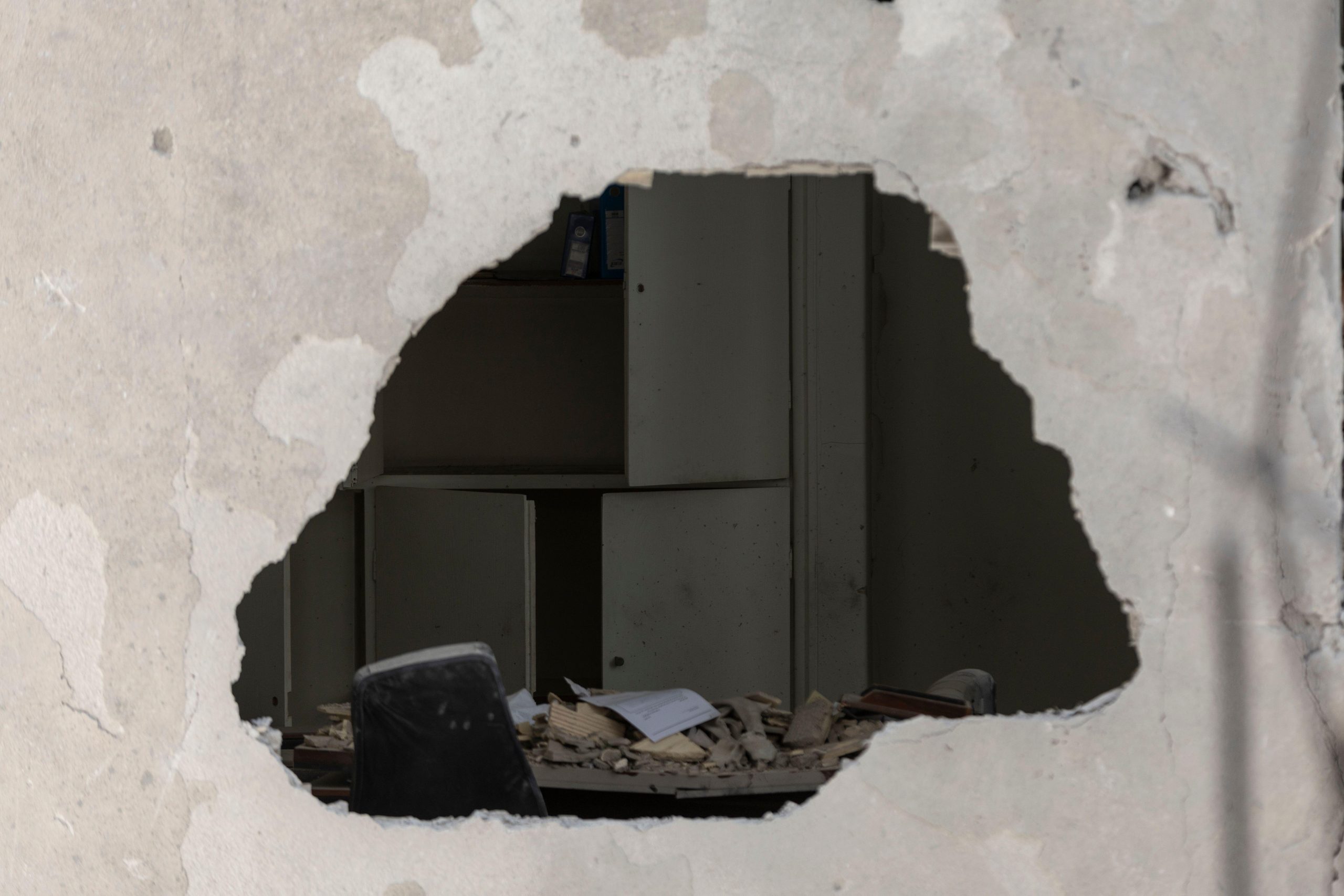Holding a dustbin in front of his chest the young bare-chested student stands defiantly in the middle of a dusty road, facing down a squad of heavily-armed riot police.
Suddenly his body begins jerking crazily like a puppet on a string as bullets fired by a police marksman armed with a high-powered FN rifle smash through his useless shield and thud into his body. Almost four decades later this deadly tableau that played out on an Alexandra Township street a few days after the 16 June 1976 student uprising against the use of Afrikaans began in Soweto is still etched into my memory.
As a young reporter, I had been assigned that day to cover the unrest that had spread to Alex, as the flames of insurrection raced across apartheid South Africa like wildfire.
Over the weeks that followed, I regularly witnessed how police reacted with deadly brute force against student protesters armed only with rocks and anti-apartheid songs.
I also remember the mass meetings and marches in the early 70s against harsh apartheid laws by students at Johannesburg’s Wits University, which were inevitably broken up by police with vicious dogs and armed with whips, batons and tear gas.
So it was with a sense of déjà vu that I sat and watched on television almost two decades into South Africa’s young democracy as riot police used rubber bullets, stun grenades and tear gas to break up country-wide protests by students against above-inflation university fees hikes. They were also demanding that universities end the outsourcing of campus cleaning and maintenance jobs and for the people who do them to become full-time employees.
The fees protests came against a backdrop of a decrease in government subsidies leading to a growing dependency on student fees to make up shortfalls. But they also point to a much deeper problem at South African universities.
What South Africa has been witnessing is a reawakening of activism among students after a hiatus of almost two decades. For a week, campuses across the country embarked on the biggest nationwide student protests since the birth of the new democratic society in 1994.
But student and youth-led activism in South Africa is not new. It was pressure by the ANC Youth League leaders, including Nelson Mandela, which forced the organisation’s leadership to adopt a programme of action in 1949, including mass resistance tactics like strikes, boycotts and civil disobedience. It was also pressure on the leadership by youth that resulted in the 1952 launch of the Defiance Campaign against unjust apartheid laws.
But one big difference in these latest protests was the harnessing of social media as a rallying and activism tool. Powered by the #FeesMustFall hashtag the issue went viral with over half a million tweets and counting as Twitter became a powerful tool in the hands of the protestors.
With the ubiquity of smartphones among the students, Twitter became the go-to source to keep up with the rapidly unfolding story as the protests spread to 18 university campuses in eight of the country’s nine provinces, forcing the suspension of lectures and the cancelation of exams.
In the early days of the protests, some callers to radio shows at first dismissed the students’ actions as hooliganism.
But sentiments quickly turned in favour of the students as social media posts captured the unfolding drama in real time as the gloves came off and police moved against students who forced their way into the Parliamentary precinct in Cape Town.
Having evicted students, many holding their hands in the air as a sign of non-violence, the protest continued on the streets around Parliament–but once again police reacted with a heavy-handed response.
The growing anger and public support for the students were also fueled by the ANC-dominated Parliament carrying on with business as usual, even as the sound of stun grenades and rounds being fired rang through the chamber. Anger mounted as reports emerged that police were considering charging some of those arrested with high treason.
But Twitter also captured some poignant lump-in-the-throat moments as social media showed students of all races and political persuasions joining hands, and white students forming a human shield around black students in the belief that police were less likely to act against them.
The country-wide demonstrations culminated in a mass protest at the Union Buildings in Pretoria, the seat of South Africa’s government.
As demonstrators on the lawns outside chanted and sang, President Jacob Zuma met with university chancellors and students leaders, before his government capitulated to student demands. As the protests continued outside, Zuma appeared live on national TV and announced that there would be a 0% increase in university fees in 2016.
The news immediately spawned the jubilant new hashtag #FeesHaveFallen with some protesters saying that the suspension of 2016 fees was just the beginning of their struggle and vowed to continue the fight for free university education.
One thing is clear: after a week of protests by South Africa’s future generation of leaders, the country’s democracy was far stronger than when it began – and the high toll paid by the young man with the dustbin lid and others had not been in vain.
This column was posted on 27 October 2015 at indexoncensorship.org





